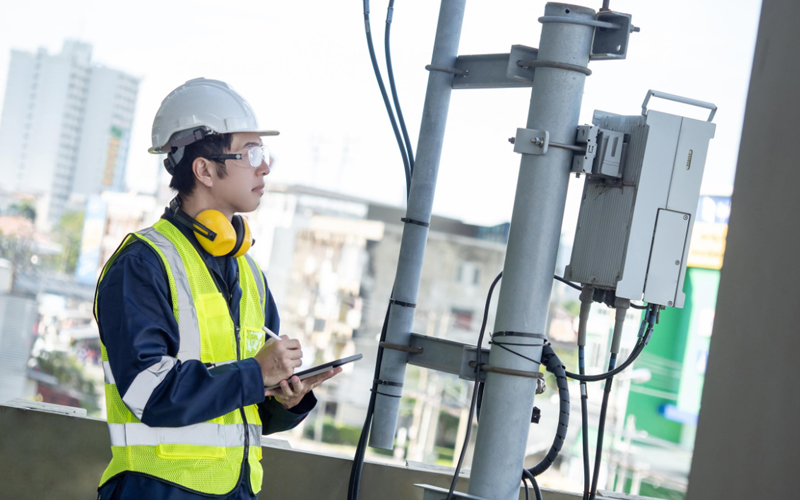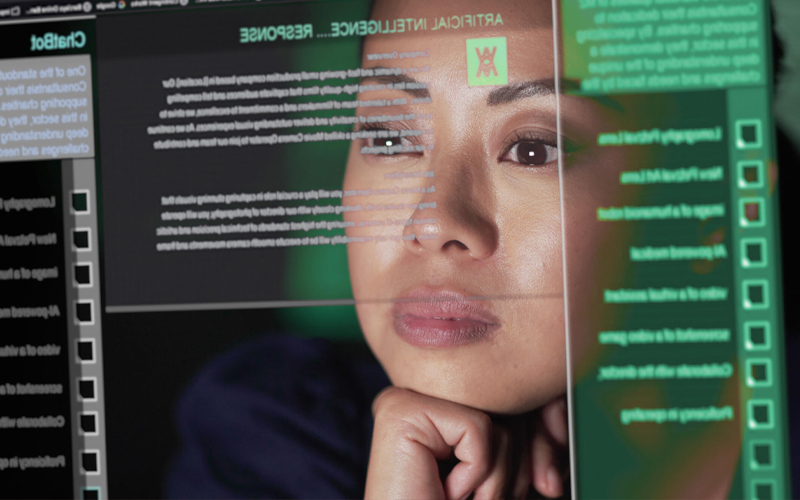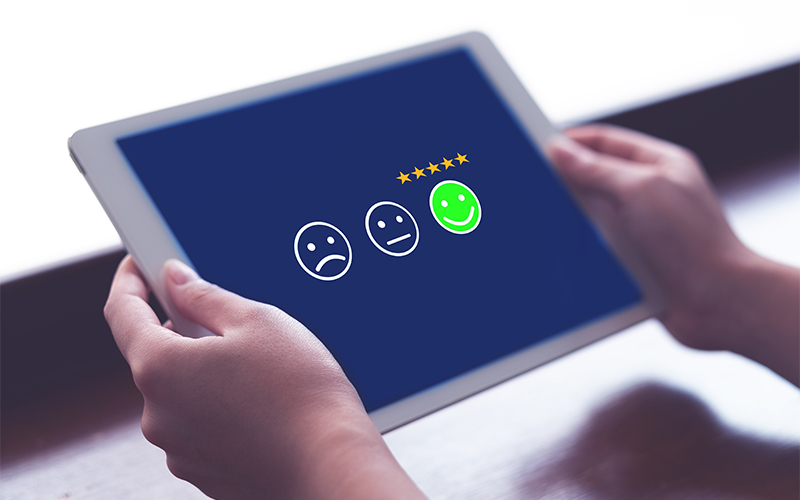There isn't an industry that Artificial Intelligence (AI) hasn't impacted, and the role of AI in education is transforming how we learn. AI can revolutionise education by making it personalised, adaptive, efficient, and effective. The market for AI-based educational systems is expected to be worth $ 6 Bn by 2024. A multi-pronged approach has been taken with regard to AI in education, focusing on students, teachers, and the entire system with tools that support learning and assessment, teaching, education management, and delivery of education.
Personalised learning
Personalised learning supports individual students within heterogeneous groups to meet their learning needs in terms of aims, approach, pace, content, and pathways. AI technology gives learners control over what, when, how, and where to learn, further personalizing learning experiences. In a tech-enhanced personalised learning environment, the learner decides their learning goals. Students can choose between various learning methodologies like project-based, curriculum-led, drill and practice, or a combination, all of which can be personalized using AI tools. A student's interaction with the system is captured and used by the system to suggest learning pathways that will address the student's learning difficulties and align with their goals. The learning pace is the speed at which the student transitions from one topic or domain to another. The intelligent system can set a customised pace for each student based on their continually updated profile, including data on their cognitive strengths and weaknesses and their learning goals.
Adaptive assessment
The traditional 'stop and test' evaluations using 90-minute examinations do not reveal the student's actual grasp of a topic. It is stressful, takes time away from learning, and leaves students ill-equipped, yet it is used as the deciding factor for universities and jobs. AI assessment systems provide a comprehensive and more granular understanding of how and when learning happens. AI-based evaluation systems must be trained on the curriculum, subject area, and learning activities. It also needs to know the finer-level details, such as the steps to complete the activities, the successful outcomes for each step, and the activity. As part of evaluating the students, the system will need detailed information on each student's actions while performing the activities. The AI system assesses the student's knowledge of the subject and provides information on the student's non-cognitive skills like confidence, motivation, and persistence, highlighting the role of AI in education. AI-based assessment happens over a longer time and provides constant feedback to teachers, students, and parents about the student's knowledge gain, challenges, and progress toward their learning goals. The output from the assessment system can be used to create Open Learner Model (OLM) visualisations that help teachers recalibrate their teaching to enable better learning and motivate students by allowing them to track their progress.
Virtual tutoring
AI-enabled tutoring solutions powered by artificial intelligence provide step-by-step tutorials which are customised for each student. The system decides on the learning path, content, and activities through expert knowledge about the subject and cognitive science. It dynamically responds to student interaction, successes, and failures by adjusting the difficulty level and providing hints and guidance, showcasing the use of AI in personalized learning. Tutoring systems can also infer the student's attentiveness by monitoring their gaze and, accordingly, take action to try and increase it, demonstrating the capabilities of AI in education. Dialogue-based tutoring systems use NLP to simulate a spoken interaction like the one with a human tutor. NLP is a crucial component of AI that can enhance the learning experience by allowing for personalized interactions between students and AI tools. These systems ask AI-generated questions to have a guided conversation that will lead the student to discover the solution to any problem. There are writing tutors that give automated feedback on the student's writing. The input given aims to be actionable and helps improve writing skills. These intelligent tutoring systems can be transformative for children with learning disabilities.
New learning experiences
When combined with AI in an educational context, virtual reality (VR) and augmented reality (AR) can provide an immersive and enhanced student experience. VR can transport students to an imaginary environment where they can visualise the subject being taught, like the inside of a volcano, the surface of the moon, or a journey through the digestive system. AR can provide additional information about any topic by overlaying detailed visuals on the real-world view. For example, scanning a QR code might provide 3D visuals of the brain that can be explored when studying the human brain illustrating the innovative use of AI tools in education.
AI can empower teachers through various applications like automated assessments, plagiarism detection, and automation of repetitive admin tasks. AI-driven monitoring of discussion forums, chatbots to answer student FAQs, and tools that identify students who need additional support are a few ways to reduce teachers’ workload and allow them to concentrate on improving learning. However, as with any innovative technology, these applications of AI in the education sector are not foolproof and continue to evolve over time.
Balance is key
AI application in any sector requires analysing vast data sets, and this is the case in the education sector too. AI-backed systems collect student data pertaining to their performance history, personal information, preferences, etc., and this can create a data privacy concern, if compromised. Such systems may also result in a reduction of human interaction for students, with their self-learning modules and can impact their ability to inculcate key social skills and emotional intelligence. Ironically, spoon feeding textbook learning, even through an online medium, can stifle creative and critical thinking in students, making it crucial to ensure a balance between machine-stimulated learning and physical organic learning.
Additionally, we must ensure that AI does not widen existing educational disparities by providing more opportunities for affluent students, highlighting the ethical considerations in the role of AI in education. AI technology should be harnessed to ensure quality education that is accessible to everyone and promote lifelong learning opportunities, emphasizing the role of AI in education. It is also essential to maintain a balance between human and technology-driven education, as the role of AI should enhance rather than replace traditional methods. The human touch, when used to develop a tailored AI-driven curriculum, can maximise personalised learning for students and provide best results, underscoring the importance of the role of AI in education.
AI has transformed the world of education beyond recognition. Self-paced personalised learning, innovative and adaptive evaluation systems providing individual feedback, dialogue-based tutoring systems, and immersive technology are re-writing the classroom experience, benefiting students globally. However, this evolution needs to be taken ahead in collaboration with educators, teachers, and students to ensure ethical and effective learning.









